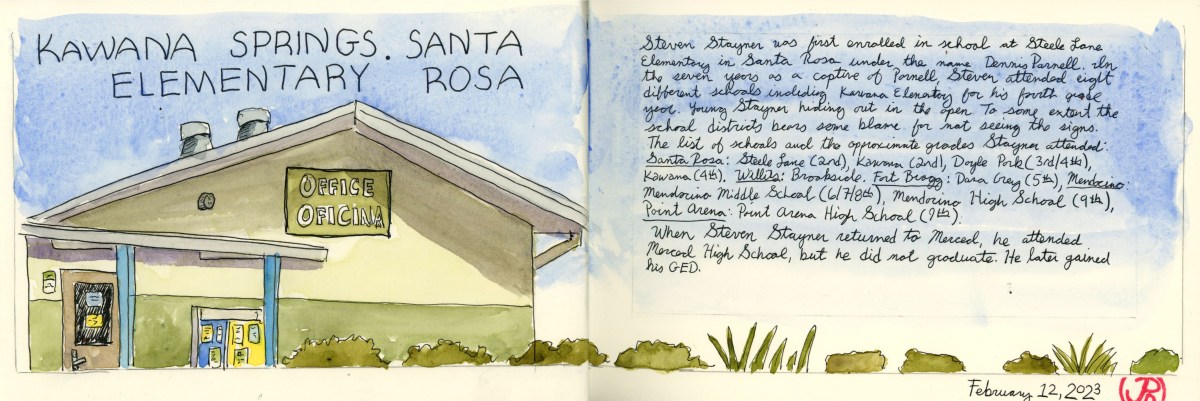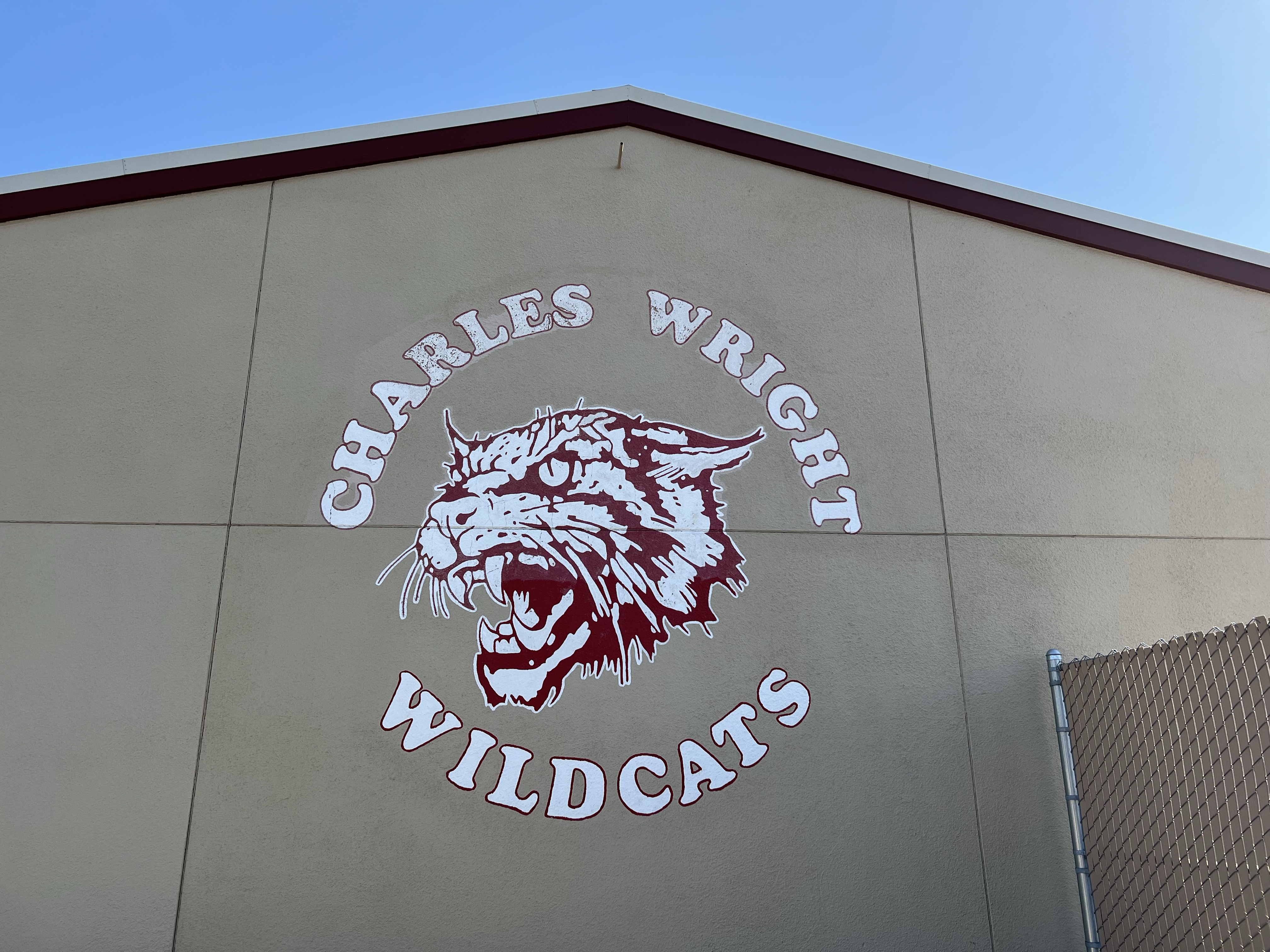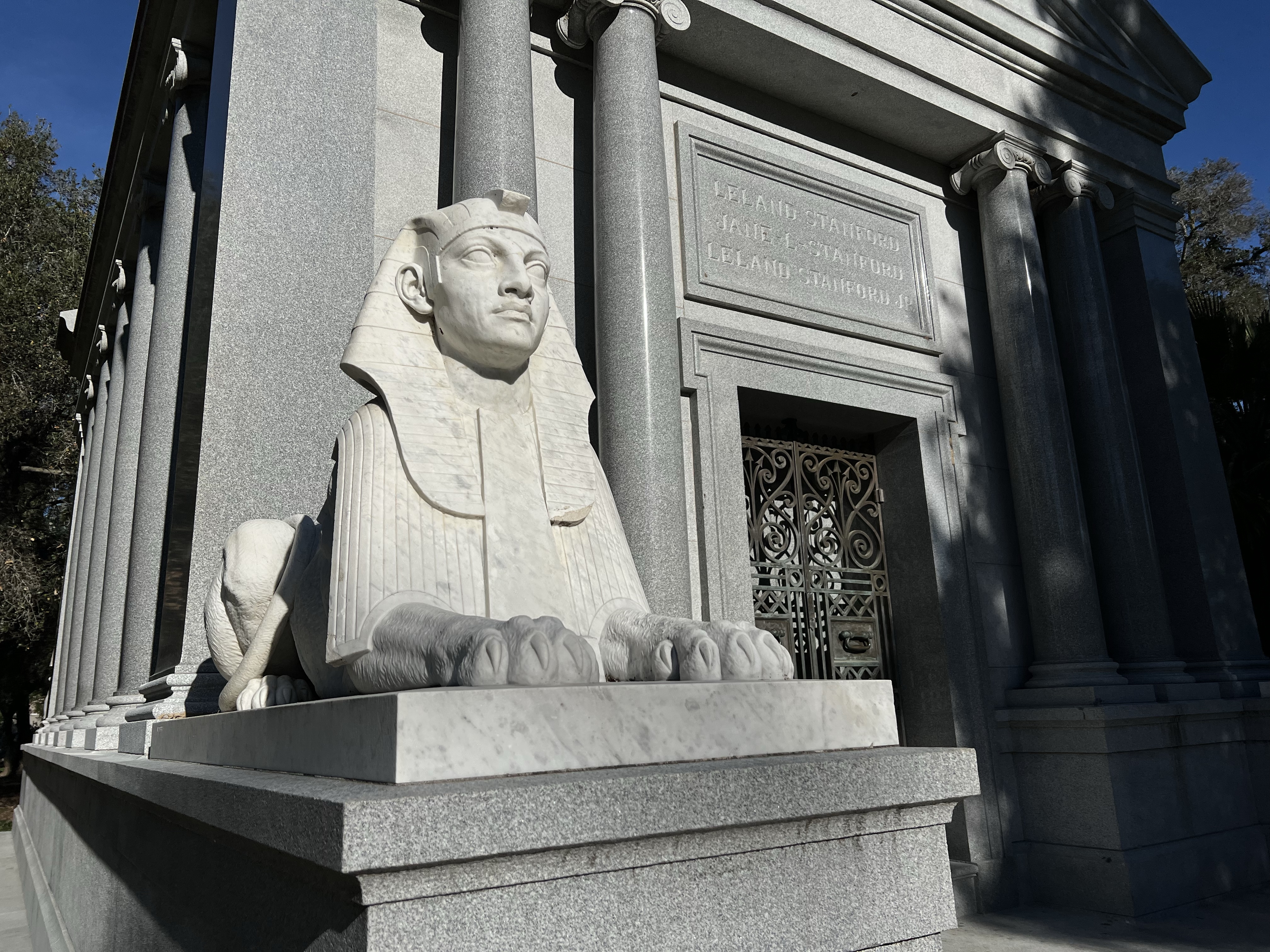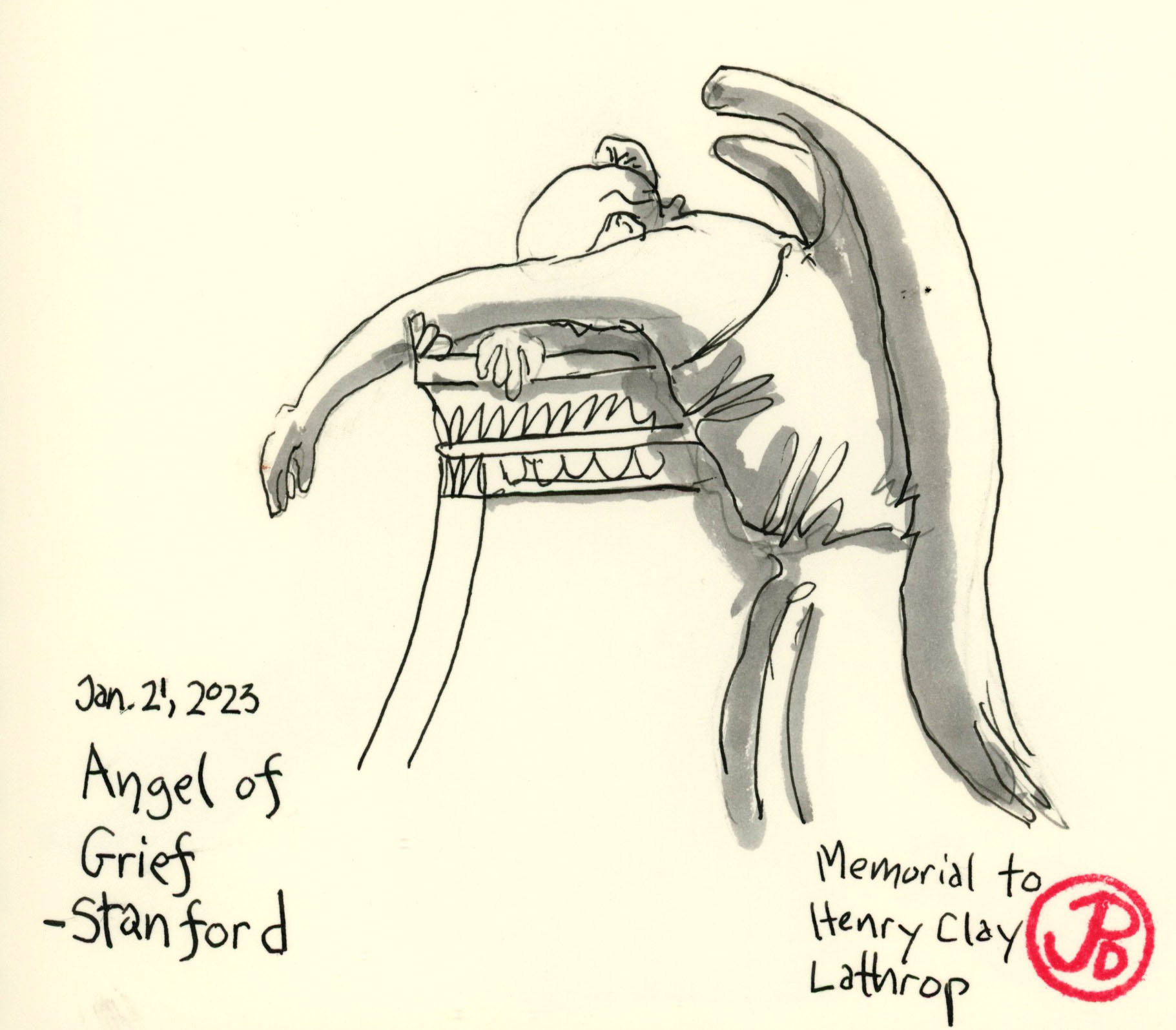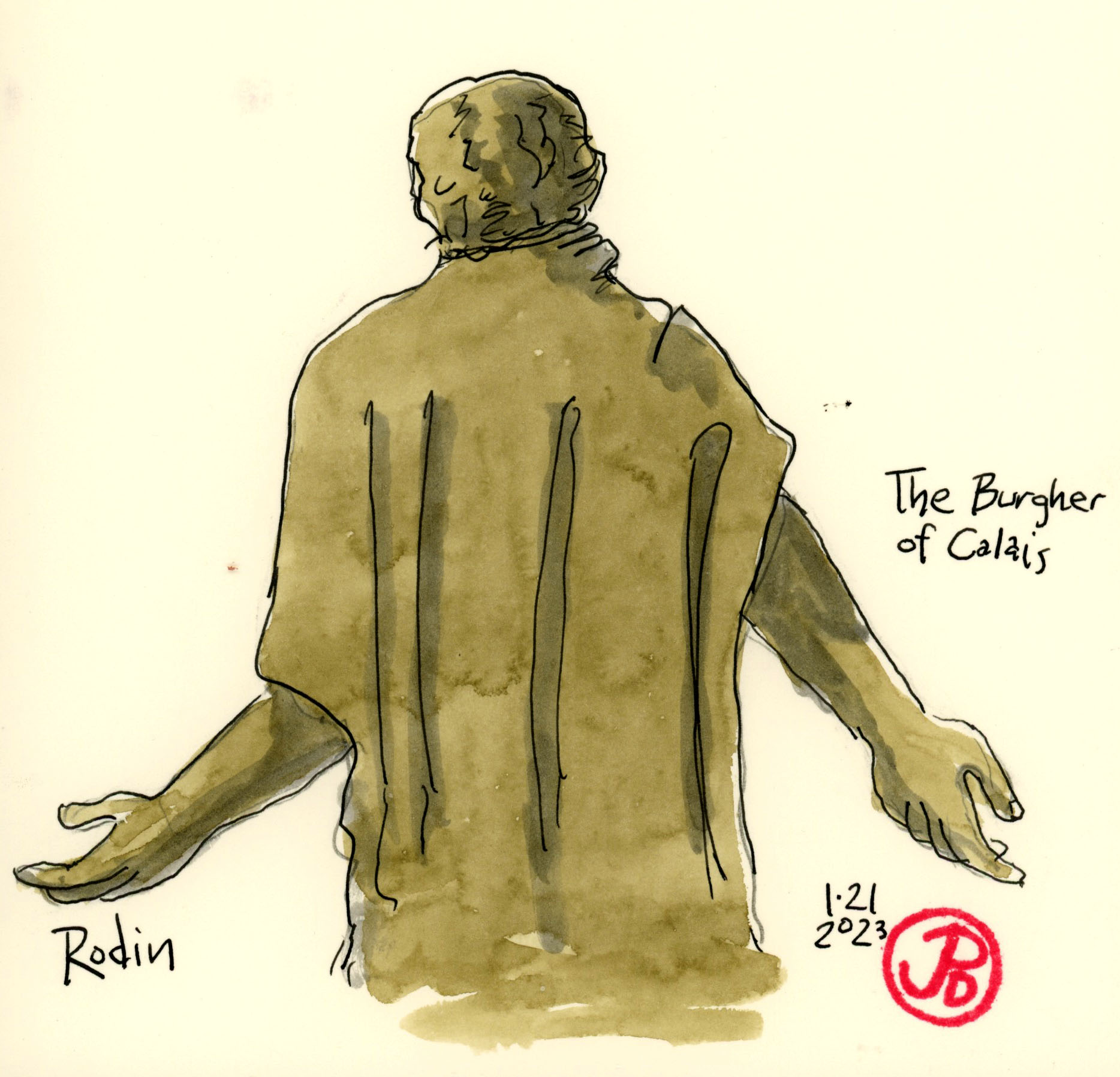As an educator I am fascinated by the seven years and four months that Steven Stayner spent as the abducted “son” of Kenneth Eugene Parnell, answering to the name “Dennis Parnell”.
For years I was under the assumption that his kidnapper keep Steven locked up in a closet, never allowing the boy to see the light of day, but Parnell was keeping Steven hidden in plain sight.
In the seven years of his captivity, Stayner was enrolled in eight different schools in Sonoma and Mendocino Counties. Steven attended 2nd grade through 9th grade as the “adopted” son of Parnell.
Parnell keep his captive in Yosemite and in a cabin in Catheys Valley but In 1973, they moved northwest to Sonoma County to a trailer park in Santa Rosa and Parnell enrolled Steven (now “Dennis”) at Steele Lane Elementary.

How on earth can you enroll a student without any previous school records? Well this was back in 1973 and I assume things were a bit looser then. But it still begs the question: why weren’t more questions asked about Steele Lane’s newest student and his strange father?
Moreover, the Stayner family had sent missing child posters to many of the districts and schools Steven ended up attending but somehow these posters never found their way onto bulletin boards in school offices or teacher’s lounges.

I try to put myself in his teacher’s shoes. Would I have seen the signs? Would I have seen the red flags waving? Often times there are things happening at home that we never know about which can affect their behavior and performance in the classroom. Sometimes it feels like you are just seeing the proverbial tip of the iceberg. As a State Mandated Reporter, teachers are required by law to report any signs of abuse or neglect. But did young “Dennis” show those signs?
Sketching notes: for the featured sketch I could have sketched a few different schools that Steven attended in Sonoma County but I chose Kawana Springs Elementary ( Kawana Elementary in the 1970s) because this is where Steven Stayner attended fourth grade.
Being a fourth grade teacher, Kawana Springs Elementary has a personal connection for me. What would have I thought of my new fourth grade student? Would I have seen the evil lurking below?
Many different teachers looked and didn’t see it.
Would I?
